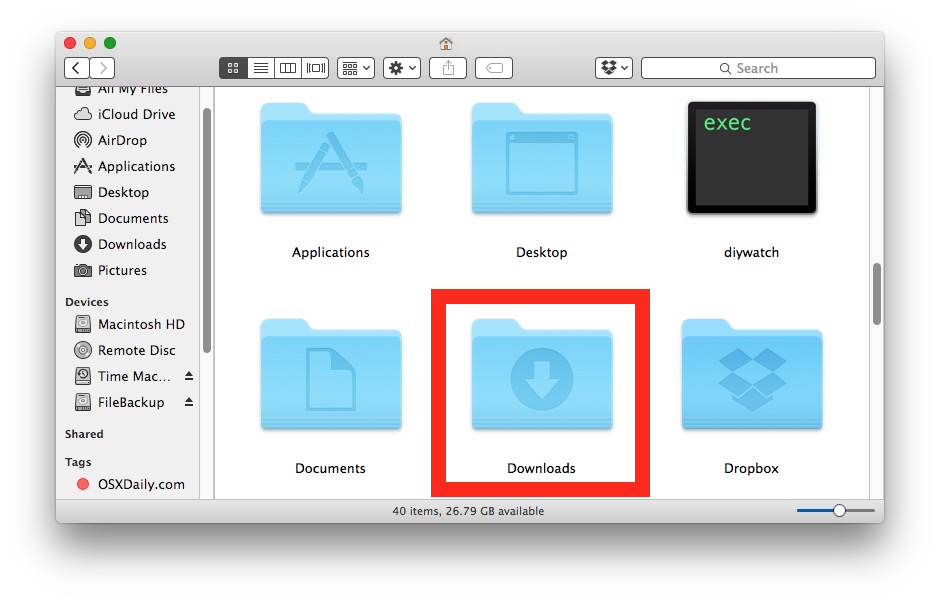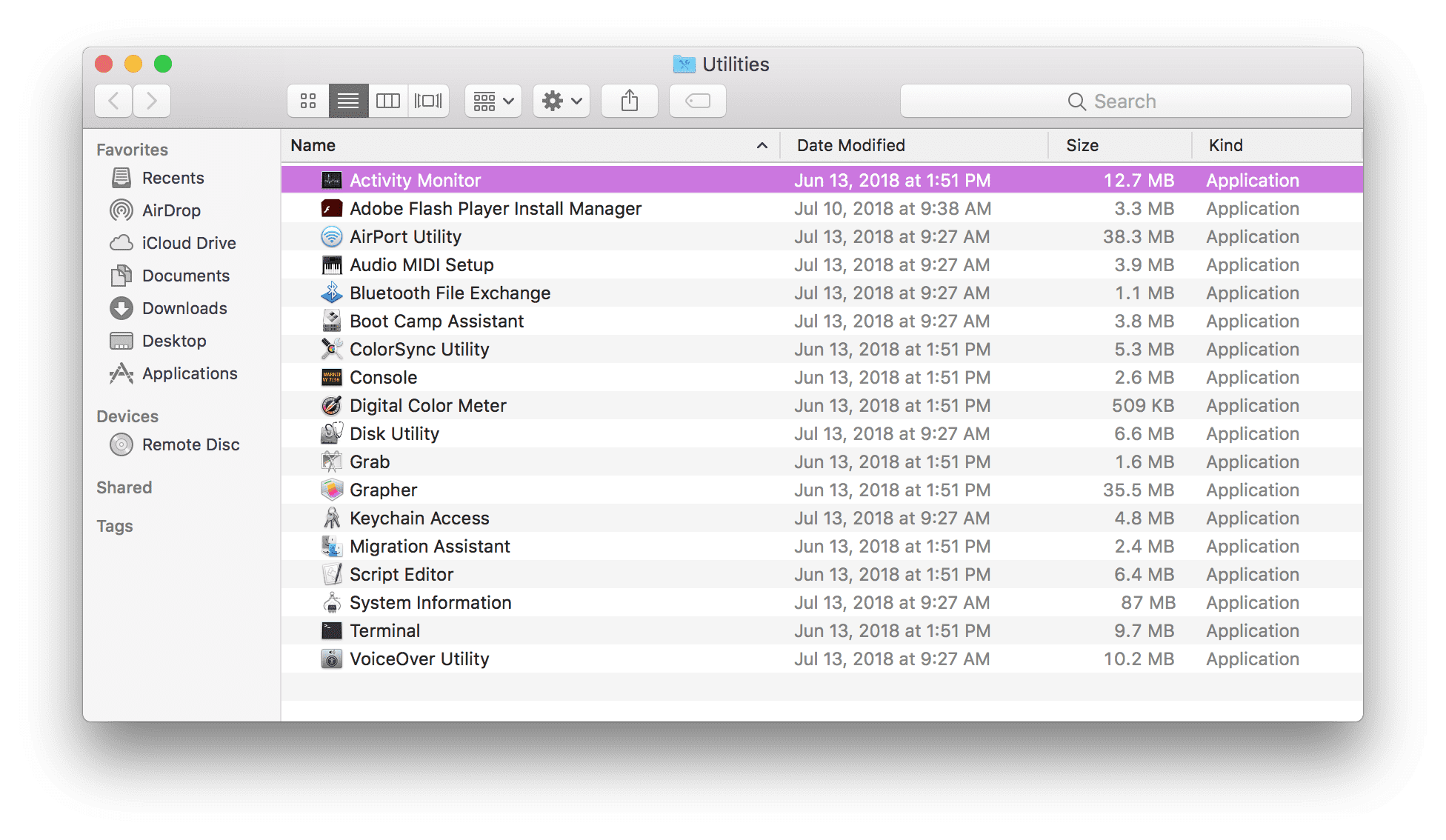Unlike PCs and Macs, the iPad has no designated Downloads folder where all downloaded files immediately go. And, the iOS file system isn't as easy to browse as an Android file system. A downloaded file's location largely depends on the app you're in when you access that file, although things have become a little easier with the introduction of. May 26, 2020 If your Mac is using an earlier version of any Mac operating system, you should install the latest Apple software updates, which can include important security updates and updates for the apps installed by macOS, such as Safari, Books, Messages, Mail, Music, Calendar, and Photos.
- Click on the price located beneath the app's star rating.
- Click on the green Install App button that appears.
- MORE: Best Apple Laptops.
- Click on the Finder icon at the bottom left of the screen.
- Click Downloads on the left side of the window.
- Double-click the downloaded file.
How do I see in app purchases on my iPhone?
- Go to Settings > [your name] > iTunes & App Store.
- Tap your Apple ID, then tap View Apple ID. You might be asked to authenticate your Apple ID.
- Swipe up to Purchase History and tap it.
How do I see my purchases on App Store?
In order to view purchase history on your iPhone, iPad, or iPod touch, simply head into the Settings app and follow Apple's steps below:- Go to Settings > [your name] > iTunes & App Store.
- Tap your Apple ID, then tap View Apple ID.
How do I find my app purchase history on Iphone?
- Open iTunes.
- From the menu bar at the top of your computer screen or at the top of the iTunes window, choose Account > View My Account.
- Authenticate your Apple ID, then click View Account.
- On the Account Information page, scroll down to Purchase History.
How do I get a refund for an in app purchase?
- Launch Mail from your Home screen.
- Search for 'Your receipt from Apple' if it's not immediately visible.
- Tap on the receipt for the purchase your want refunded.
- Tap Report a Problem next to the purchase you want to report.
- Enter your Apple ID and password when prompted.
How do I view in app purchase history?
How do you refund an app on Android?
- Open the Google Play Store app.
- Tap on the Menu icon and choose My Account.
- Select the app or game you want to return.
- Tap on Refund.
- Follow the on-screen instructions to get your money back and uninstall the app or game.
How do I see my purchases on App Store?
In order to view purchase history on your iPhone, iPad, or iPod touch, simply head into the Settings app and follow Apple's steps below:- Go to Settings > [your name] > iTunes & App Store.
- Tap your Apple ID, then tap View Apple ID.
How can I see app purchase history?
- Open iTunes.
- From the menu bar at the top of your computer screen or at the top of the iTunes window, choose Account > View My Account.
- Authenticate your Apple ID, then click View Account.
- On the Account Information page, scroll down to Purchase History.
How do I find installed programs on a Mac?
- From the OS X Finder, hit Command+Shift+A to jump to the /Applications folder.
- Pull down the View menu and choose “List” to scroll through an easy to read list of all apps in the Applications folder.
Where do I find the Applications folder on my Mac?
How do I get to the app store on my Mac?
How do I get my download icon back on my Mac?
- Open a Finder window and go to your user folder.
- In the user folder you should see the downloads folder.
- Drag the downloads folder to the place you want it in the sidebar.
- Drag the Downloads folder to the right side of the vertical bar in the Dock.

How do you transfer apps from iphone to Mac?
- Connect your device to your computer.
- Click the Device button, then click File Sharing.
- In the list on the left, select the app on your device that you want to transfer a file to or from.
- Do one of the following:
Where do I find applications on my macbook air?
- To open your main Applications folder, choose Go > Applications from the menu bar.
- To open the Applications folder in your Home folder, choose Go > Home, then double-click Applications.
How do I see what programs are running on my Mac?
Where do I find my downloads on my Mac?
How do you open an app on a Mac?
Where do I find utilities on my Mac?
- Click on the Finder Icon from the dock.
- Locate and click to open Applications within the left pane of the Finder window.
- Scroll to the bottom of the Applications window to locate and click to and open Utilities.
How do I see all open windows on a Mac?
How do I uninstall a program on my Mac?
- Open Finder. Click the Finder application, which resembles a blue face.
- Click Applications.
- Find the program that you want to uninstall.
- Select the program's icon.
- Click File.
- Click Move to Trash.
- Click and hold the Trash icon.
- Click Empty Trash.
How do I install software on a Mac?
How do I get rid of an app on my macbook air?
- Click on the Finder icon in the Dock to open a Finder window.
- Click Applications in the sidebar.
- Scroll through the list until you find the app you want to remove.
- Right click on the app.
- Click Move to Trash.
- Click on the Trash icon in your Dock.
- Click Empty.
How do I download a file on a Mac?
- Choose Safari→Preferences or press cmd+, (comma).
- Click the General tab, and then click the Save Downloaded Files To pop-up menu.
- Choose Other.
- Navigate to the location where you want the files to be stored.
- Click the Select button.
- Click the Close button to exit Preferences.
How do you remove apps from a Macbook Pro?
How do you delete a download on a Mac?
- Go to the Finder from the dock and click on it.
- After entering the manage page, Find Downloads on the left list.
- Click on it, it shows all downloads on the right pane.
- You can select all of your downloads by pressing Command + A, or you can choose one download at a time.
How do I uninstall programs on a Mac?
Finding Downloaded Software On My Mac Windows 7

How do I get Google Chrome on my macbook air?
- Download the installation file.
- Open the file called 'googlechrome.dmg'.
- In the window that opens, find Chrome .
- Drag Chrome to the Applications folder. You might be asked to enter the admin password.
- Open Chrome.
- Open Finder.
- In the sidebar, to the right of Google Chrome, click Eject .
Updated: 12th November 2019
How to get updates for macOS Mojave or later
If you've upgraded to macOS Mojave or later, follow these steps to keep it up to date:
- Choose System Preferences from the Apple menu , then click Software Update to check for updates.
- If any updates are available, click the Update Now button to install them. Or click ”More info” to see details about each update and select specific updates to install.
- When Software Update says that your Mac is up to date, the installed version of macOS and all of its apps are also up to date. That includes Safari, iTunes, Books, Messages, Mail, Calendar, Photos, and FaceTime.
To find updates for iMovie, Garageband, Pages, Numbers, Keynote, and other apps that were downloaded separately from the App Store, open the App Store on your Mac, then click the Updates tab.
To automatically install macOS updates in the future, including apps that were downloaded separately from the App Store, select ”Automatically keep my Mac up to date.” Your Mac will notify you when updates require it to restart, so you can always choose to install those later.
How to get updates for earlier macOS versions
If you're using an earlier macOS, such as macOS High Sierra, Sierra, El Capitan, or earlier,* follow these steps to keep it up to date:
Finding Downloaded Software On My Mac Pc
- Open the App Store app on your Mac.
- Click Updates in the App Store toolbar.
- Use the Update buttons to download and install any updates listed.
- When the App Store shows no more updates, the installed version of macOS and all of its apps are up to date. That includes Safari, iTunes, iBooks, Messages, Mail, Calendar, Photos, and FaceTime. Later versions may be available by upgrading your macOS.
To automatically download updates in the future, choose Apple menu > System Preferences, click App Store, then select ”Download newly available updates in the background.” Your Mac will notify you when updates are ready to install.
* If you're using OS X Lion or Snow Leopard, get OS X updates by choosing Apple menu > Software Update.
How to get updates for iOS
Learn how to update your iPhone, iPad, or iPod touch to the latest version of iOS.
Finding Downloaded Software On My Mac Download
Learn more
Finding Downloaded Software On My Mac Torrent
- Learn how to upgrade to the latest version of macOS.
- Find out which macOS your Mac is using.
- You can redownload apps that you previously downloaded from the App Store.
- Your Mac doesn't automatically download large updates when it's using a Personal Hotspot.